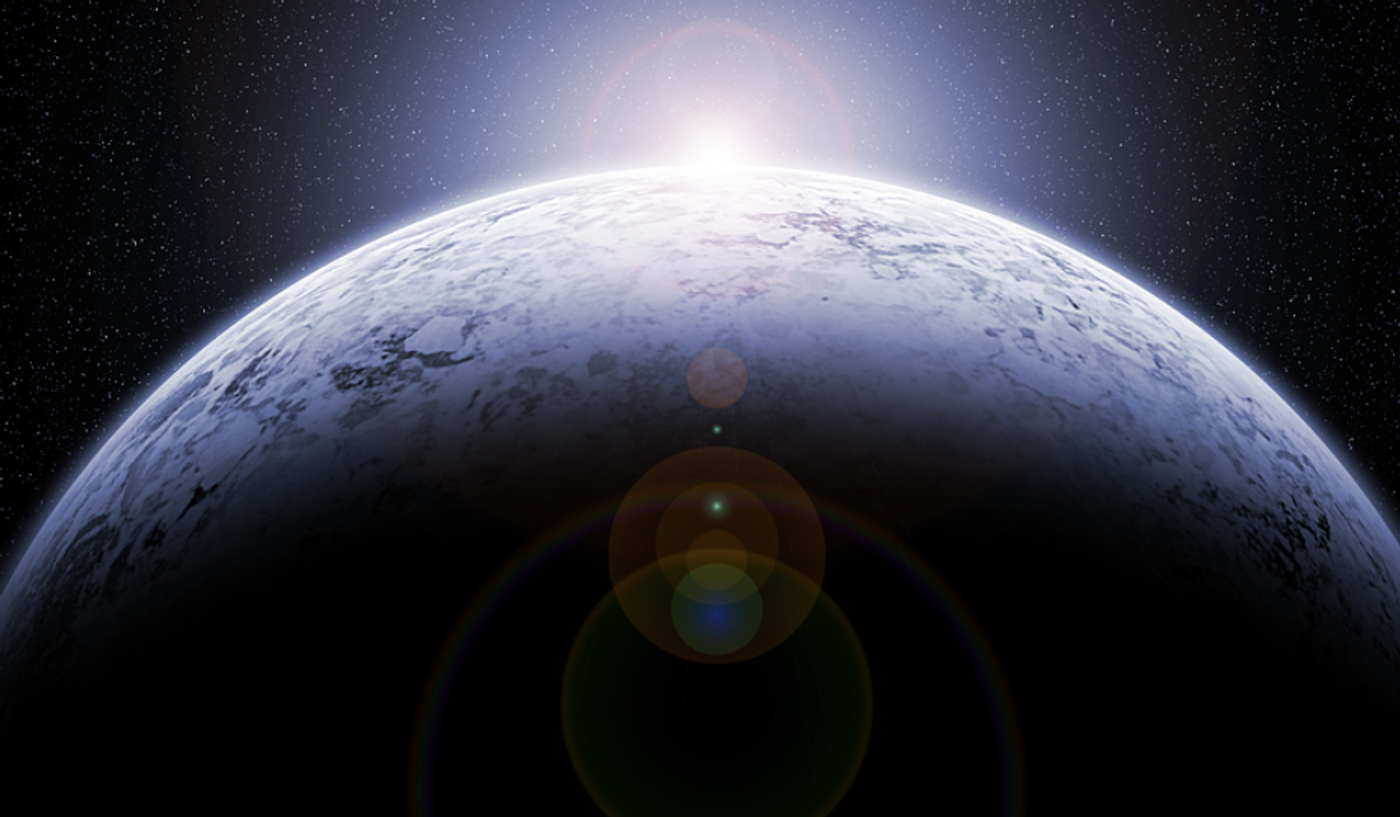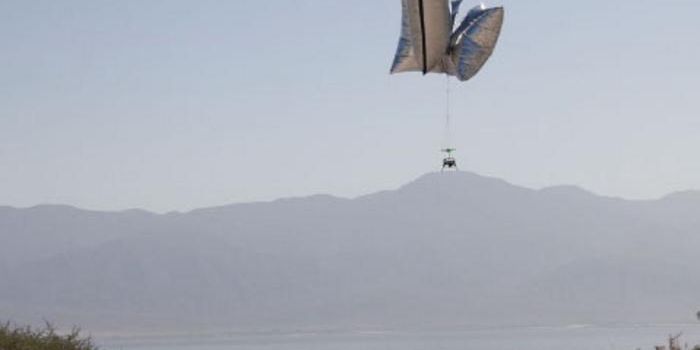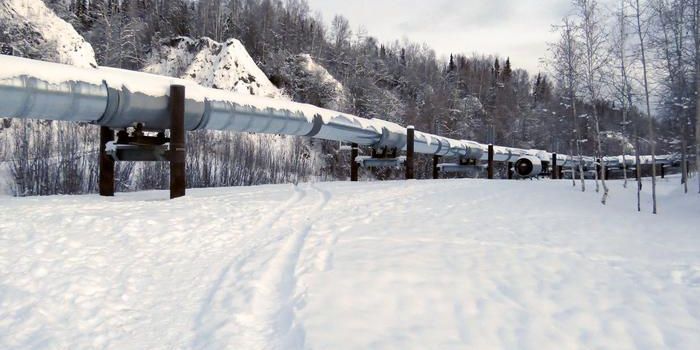Why Earth Became a Giant Snowball 700 Million Years Ago
It's thought that about 700 million years ago, Earth experienced its most dramatic ice age climate, in which the entire planet was comparable to a giant snowball. Well before dinosaurs roamed the Earth, and before even plants began to grow, the Sturtian glaciation occurred from 717 to 660 million years ago. Now researchers think they have an explanation for this extreme event. The findings have been reported in Geology.
“Imagine the Earth almost completely frozen over,” said the first study author Dr. Adriana Dutkiewicz, a postdoctoral researcher at The University of Sydney. “That’s just what happened about 700 million years ago; the planet was blanketed in ice from poles to equator and temperatures plunged." But why did this happen?
“We now think we have cracked the mystery: historically low volcanic carbon dioxide emissions, aided by weathering of a large pile of volcanic rocks in what is now Canada; a process that absorbs atmospheric carbon dioxide,” explained Dutkiewicz.
This research could help us learn more about why the climate doesn't overheat, and highlights the atmosphere's sensitivity to carbon levels.
There have been a variety of proposals to explain why the astonishingly long Sturtian glaciation event happened in the first place, "but the most mysterious aspect is why it lasted for 57 million years," noted Dutkiewicz.
In this work, the researchers investigated plate tectonics and the evolution of continents after the ancient supercontinent known as Rodina began to break apart. A computer model calculated the levels of carbon dioxide degassing from underwater volcanoes, where tectonic plates diverge and new crust forms in the ocean.
This effort reveled that the start of the Sturtian ice age aligned with all-time low in carbon dioxide emissions from volcanoes. The carbon dioxide levels also remained low throughout the entire ice age.
Since there wasn't any complex animal or plant life on the planet, atmospheric concentrations of carbon dioxide were almost entirely due to emissions from volcanoes and the absorption of carbon dioxide during silicate rock weathering processes, noted Dutkiewicz.
This work certainly raises questions about the future of the planet. For example, the world could potentially become so hot that most mammals would not survive. But there is also significantly less carbon dioxide coming from volcanoes, so a very cold planet is also possible.
“Whatever the future holds, it is important to note that geological climate change, of the type studied here, happens extremely slowly. According to NASA, human-induced climate change is happening at a pace ten times faster than we have seen before,” Dutkiewicz concluded.
Sources: The University of Sydney, Geology









